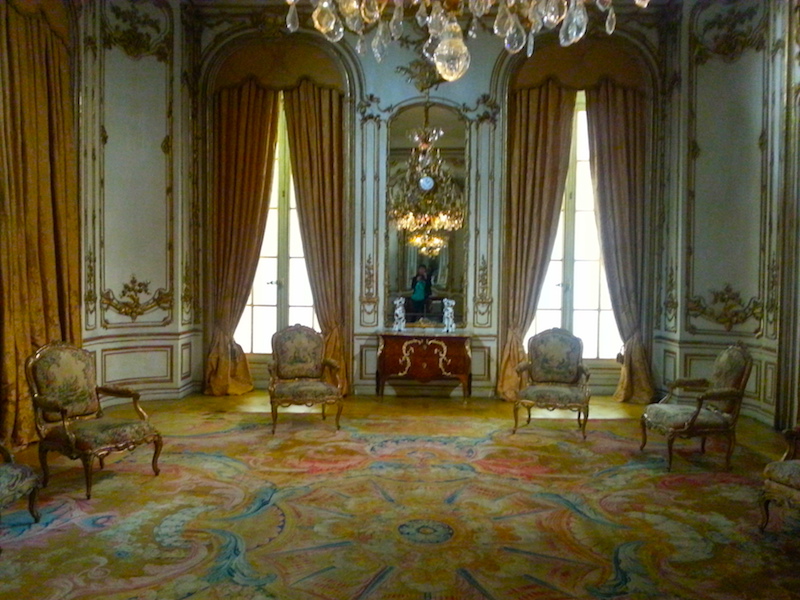A Childhood at Versailles consists of the first 5 chapters of the memoirs of Mme de Boigne (1781-1866), née Adèle d’Osmond, who was a French salon hostess and writer. She was born in the Château de Versailles and lived at the court of Louis XVI and Marie-Antoinette until her family fled to England during the Revolution. Later in her long life, she married a rich soldier of fortune 30 years her senior, hosted a brilliant salon in Paris, and became an intimate of the last French queen, Marie-Amélie, consort of King Louis Philippe (r. 1830-1848). Childless herself, Mme de Boigne addressed her memoirs to her grandnephew. The memoirs were not published until 1907, under the title Récits d’une tante, or An Aunt’s Tales. They’ve never been published in English, as far as I know, so I’ve decided to translate the first 5 chapters, the ones that take place mainly at Versailles, and post them here on this blog for interested readers to enjoy for free.
The chapters are quite lengthy, so I’ve broken each one into several parts. In Part 2.2, the author describes the urbane manners and mores of summer life in 3 great country houses: Hautefontaine, Frascati, and Esclimont. As far as I can tell, all 3 chateaux were casualties of the Revolution.
A Childhood at Versailles, Chapter 2 (Part 2.2)
During the first years of my parents’ residence at Versailles, they divided their summer between the homes of the Duc d’Orléans, Saint-Assise and Raincy, Hautefontaine, which belonged to the Archbishop of Narbonne, the Bishop of Metz’s Frascati, and the Maréchal de Laval’s Esclimont.
I am wrong to say that Hautefontaine belonged to the Archbishop of Narbonne; it belonged his niece, Mme de Rothe, daughter of his sister, Lady Forester. She was the widow of a General de Rothe. She had been pretty enough and despotic with it, and did the honours of the house for her uncle, with whom she lived for many years in a highly complete intimacy that they hardly bothered to dissimulate.
The Archbishop had eight hundred thousand in revenue from his clerical benefices. Every two years he went down to Narbonne for a fortnight, and then presided over the Estates at Montpellier for six weeks. Throughout these times, he led a grand and very episcopal life, and deployed a fair amount of administrative capacity in presiding over the Estates. However, the day that the sessions ended, he packed up his papers and never gave them another thought until the next sessions opened, nor did he give any further thought to the needs of his diocese.
Hautefontaine was his customary residence. Mme de Rothe was its proprietor, but the Archbishop was the master. He had married his nephew, Arthur Dillon, son of Lord Dillon, to Mlle de Rothe, an only daughter and his grand-niece. She was a very pretty woman, very fashionable, one of the Queen’s ladies, and openly had a liaison with the Prince de Guéméné, who spent his whole life at Hautefontaine. In a nearby village, he had installed a hunting establishment, which he possessed in common with the Duc de Lauzon and the Archbishop, for whom his nephew, Arthur, served as the front.















